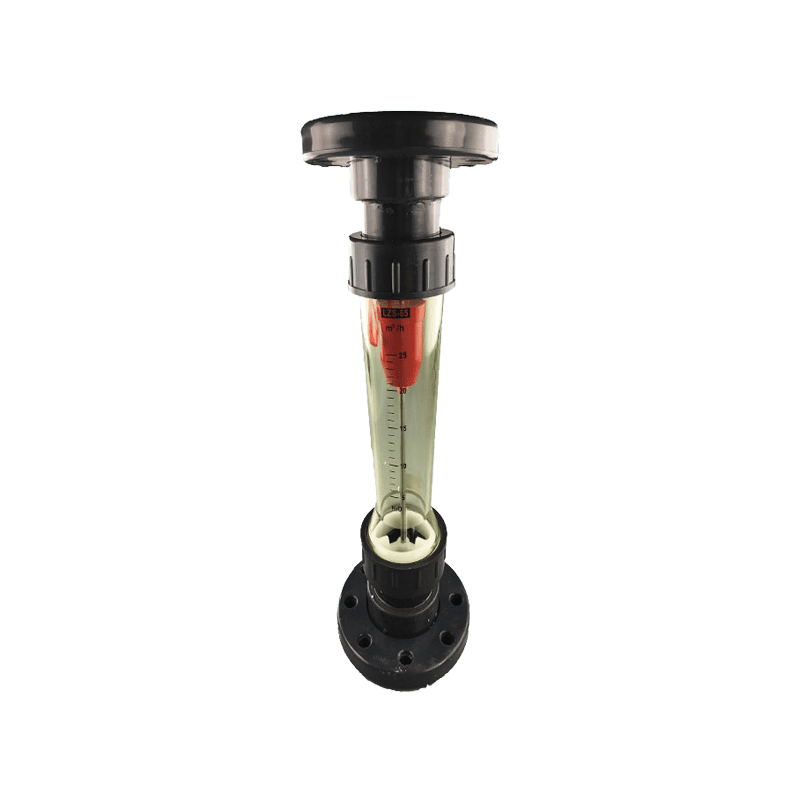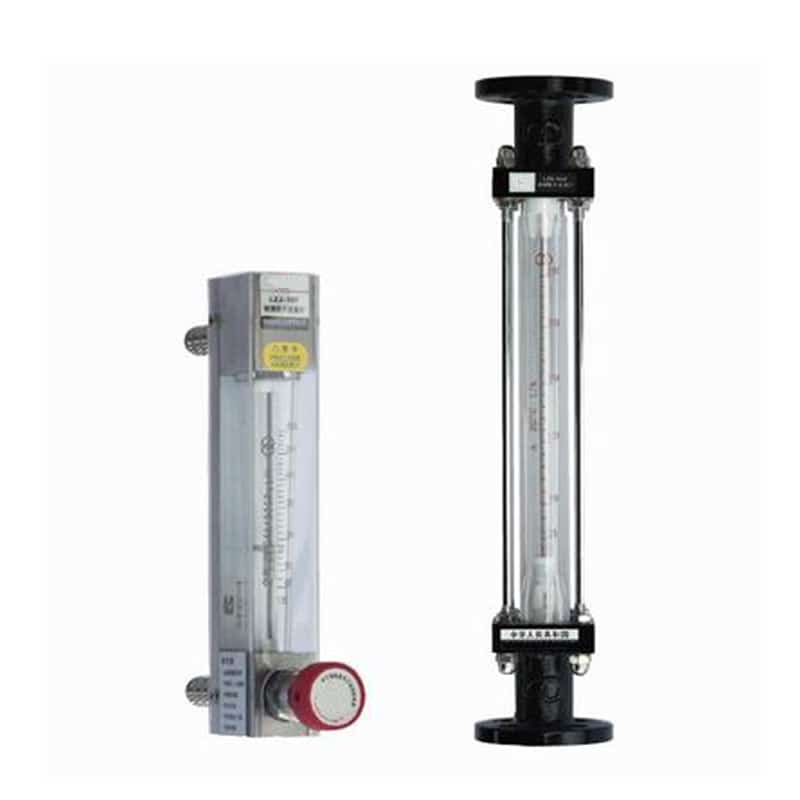What is rotameter?
Rotameters are the most commonly used variable area flow meters. It’s also often called rotor flow meter or float flow meter. Its operation is simple, with a liquid or gas passing through a conical tube. In order for this gas to pass through the tube, it must first raise a float that is fixed inside the tube.
What is working principle of rotameter?
When a rotameter is used with a liquid, the float rises due to the combination of the velocity head of the fluid and the buoyancy of the liquid.
With gases, the buoyancy force is negligible and the float moves mostly due to the velocity pressure head of the gas. In both cases, the higher the flow rate, the higher the float moves up the tube. The float moves up and down the tapered tube in proportion to the flow rate and the annular area between the float and the tapered tube wall. As the float moves up through the tube due to its tapered nature, the annular opening increases. As this increases, the differential pressure across the float decreases. When the weight of the float is balanced against the upward force exerted by the fluid or gas, the float stabilizes.
The float can then be compared to a calibration scale printed on the tube itself or placed next to the tube on the outside of the meter. The calibrated scale will typically give a volumetric flow reading, such as liters per minute (LPM).
Application of rotameter
Rotameters are commonly used to measure the flow of liquids or gases, with the following application examples:
- Laboratory.
- Testing and production lines.
- Processing industry.
- Oil industry.
- Oxygen flow measurement in medical applications.
- For metering purge flow (i.e. viscous fluids with suspended particles).

Download our rotameter specifications and manuals
More articles on flowmeters:
Liquid flow meter
Select the right water flow meter for you
Difference between flow meter and flow transmitter
Mass flow rate vs volumetric flow rate



